Deploy Application in OpenShift
Deploying applications on OpenShift involves several steps, including creating the necessary resources, building and packaging the application components, and deploying the components to the OpenShift environment. Here is a high-level overview of the process:
Resource creation: Before deploying an application, you need to create the necessary resources in OpenShift, such as projects, services, and routes. These resources define the environment in which the application will run and provide the necessary connectivity and configuration for the application components.
Building the application: Once the resources have been created, you need to build and package the application components. This may involve compiling code, building containers, and creating images that can be deployed to the OpenShift environment.
Deploying the application: After the application components have been built and packaged, you can deploy the components to the OpenShift environment. This involves uploading the images to the OpenShift registry, creating and configuring the necessary pods and services, and testing the application to ensure that it is running correctly.
Create a New Project
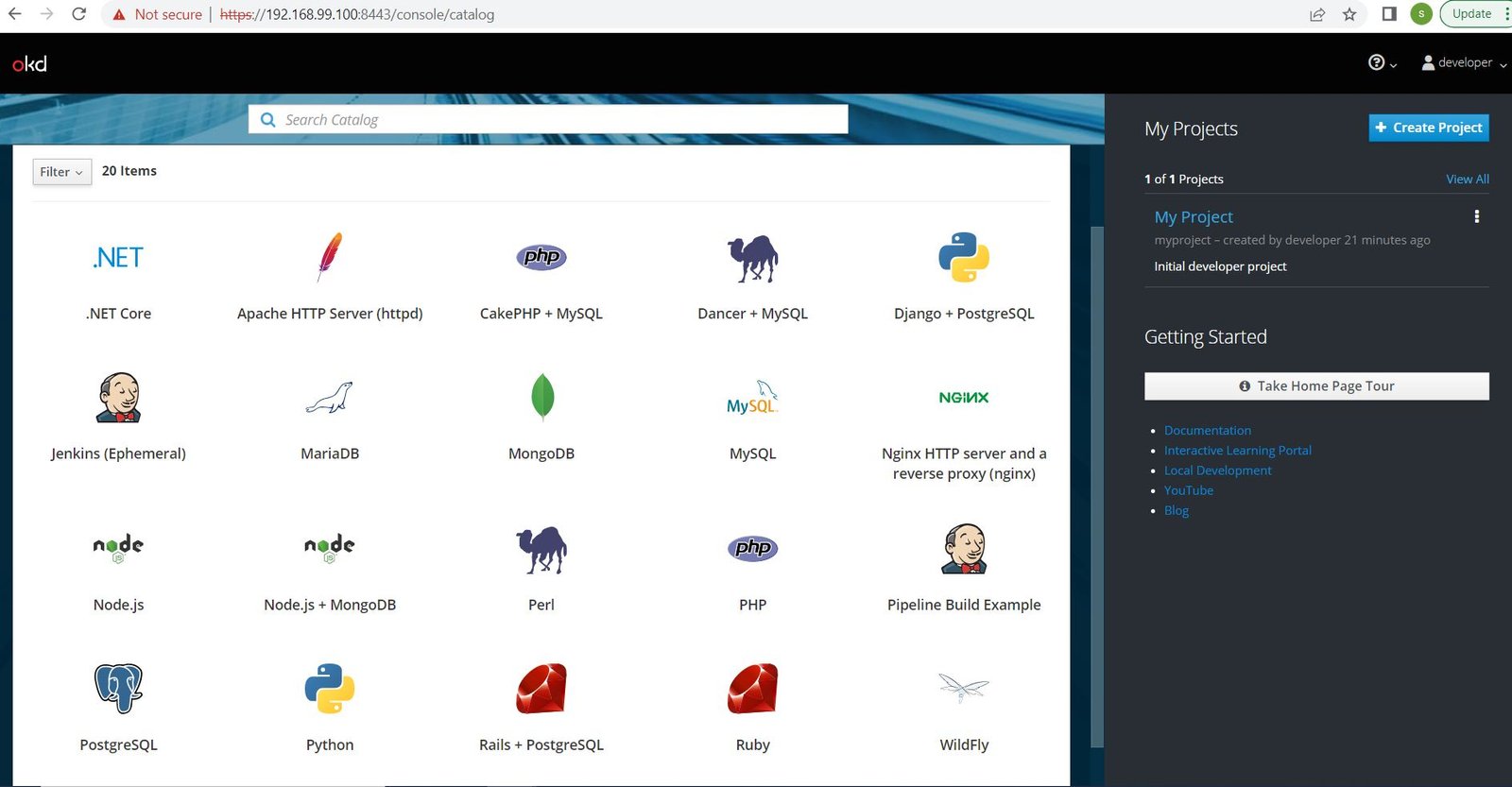
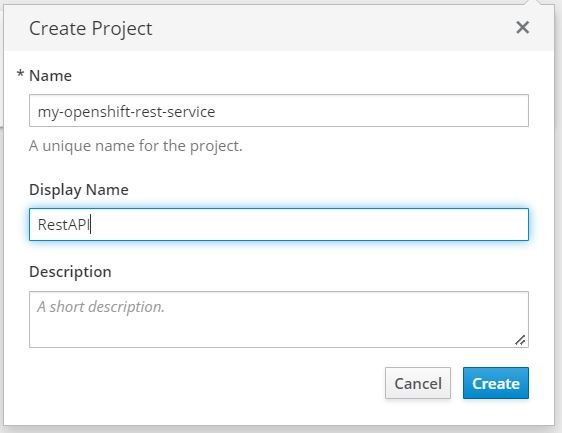
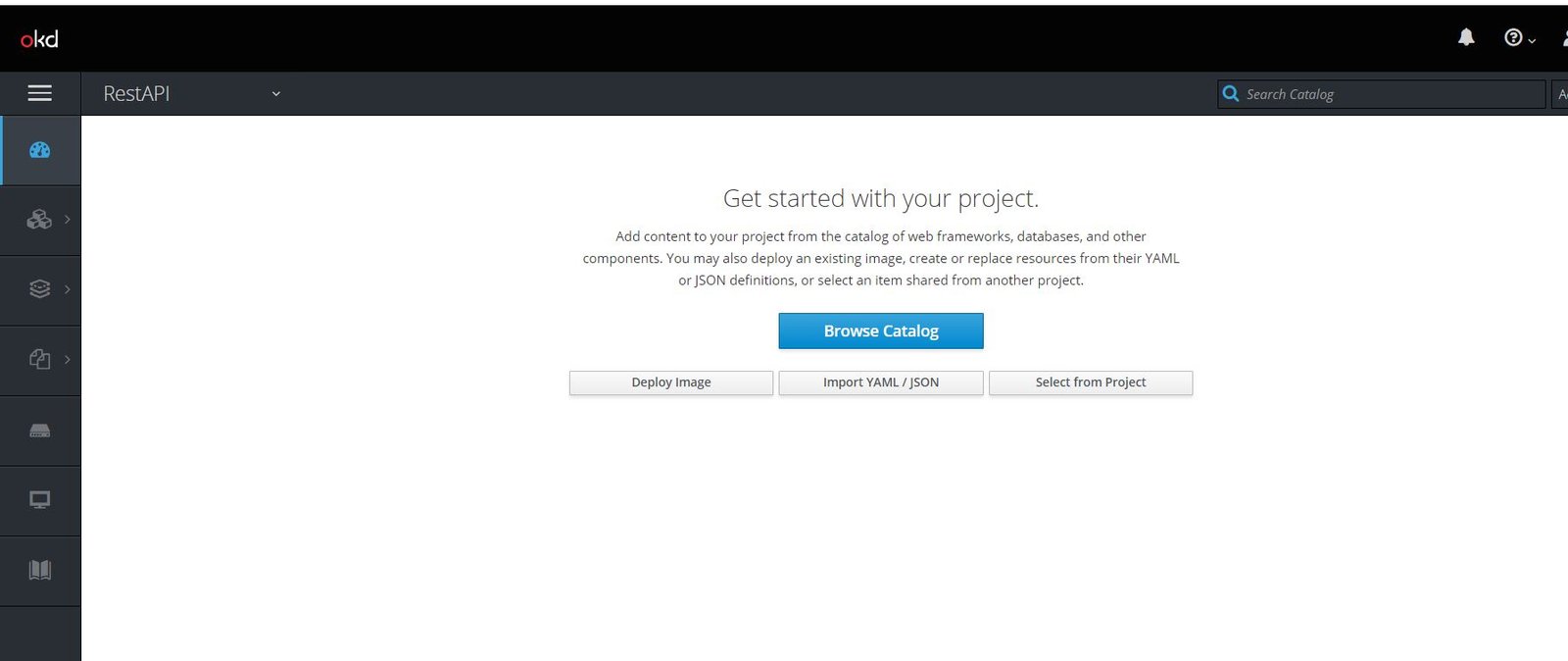
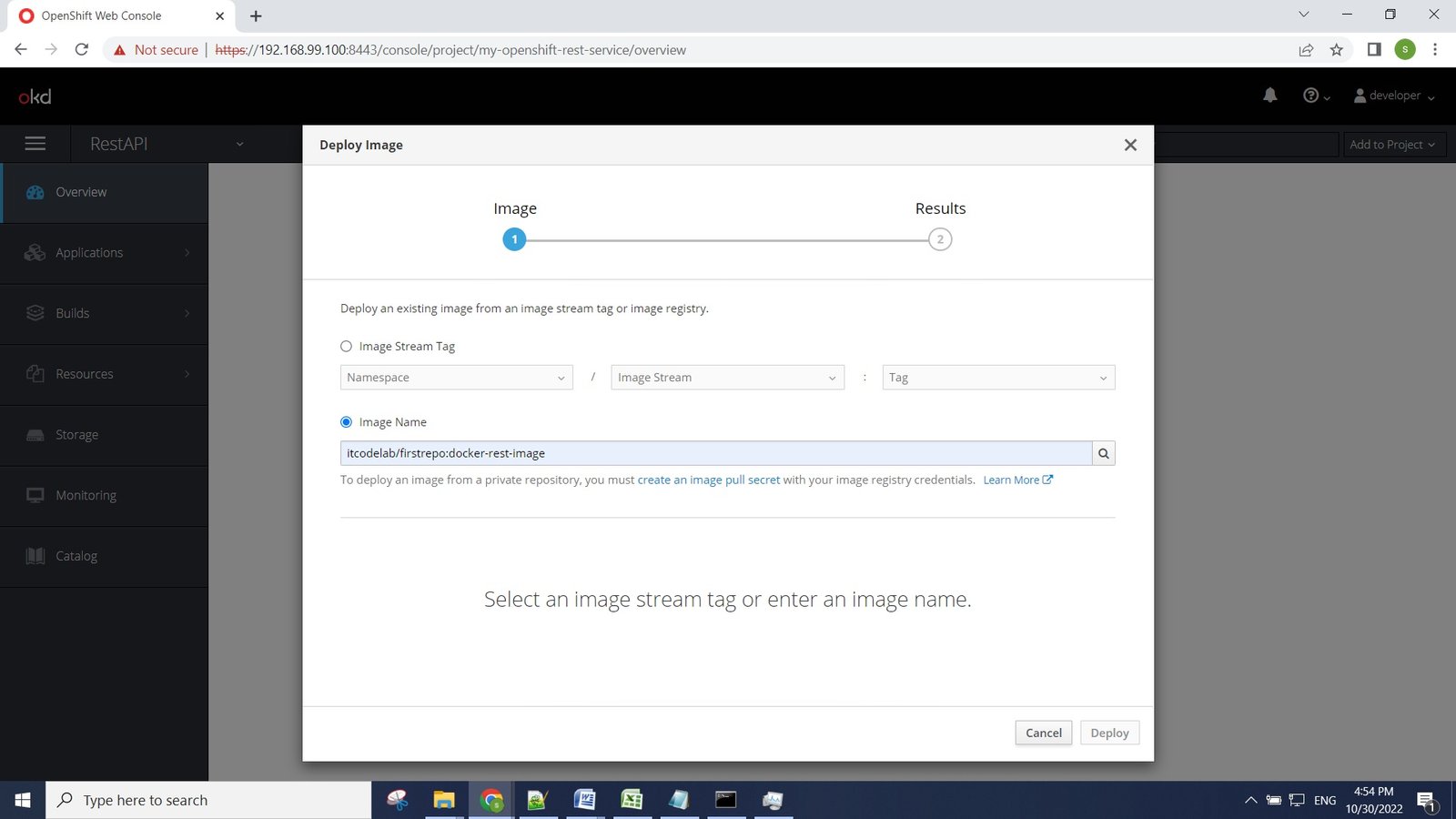


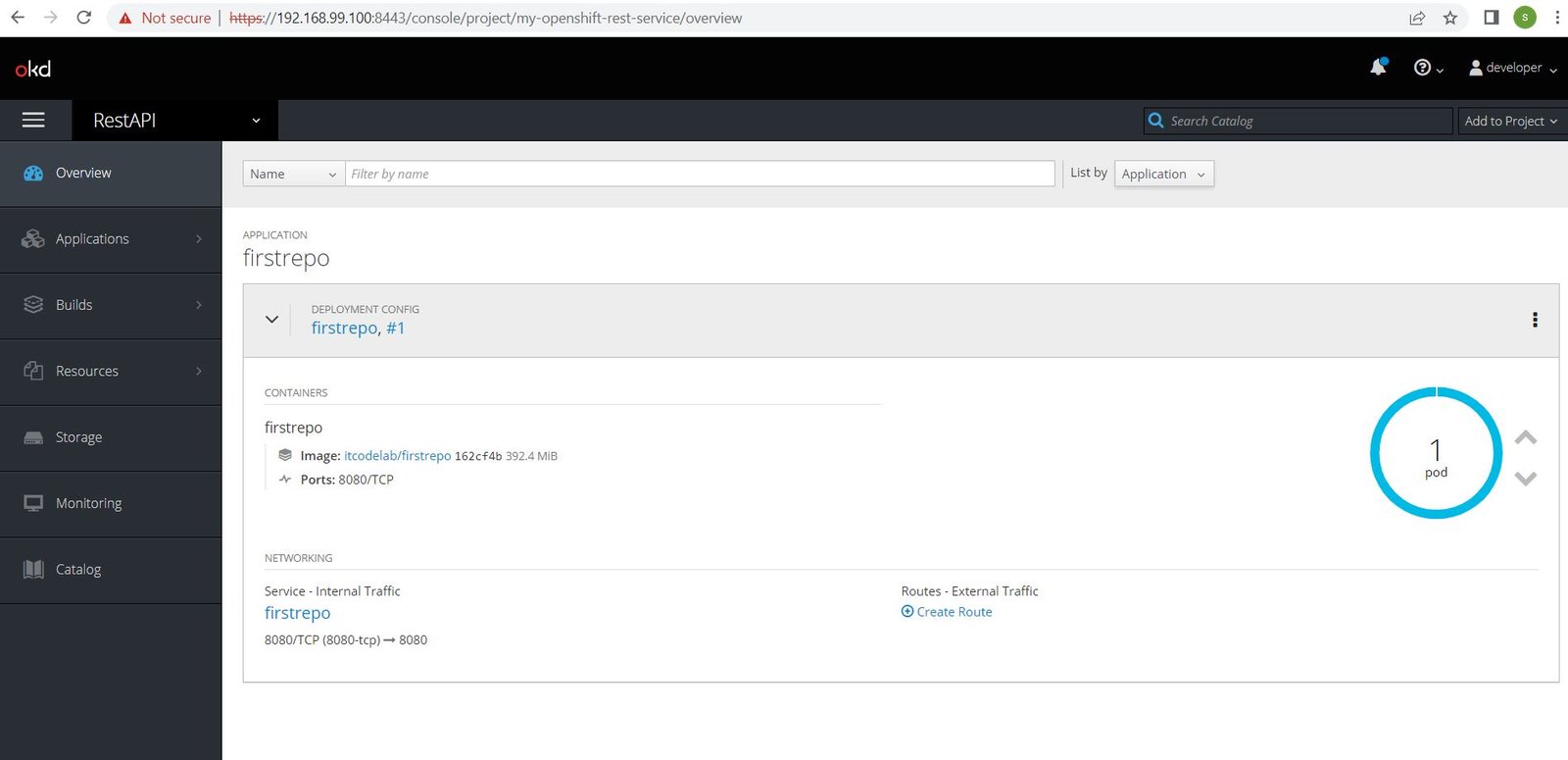
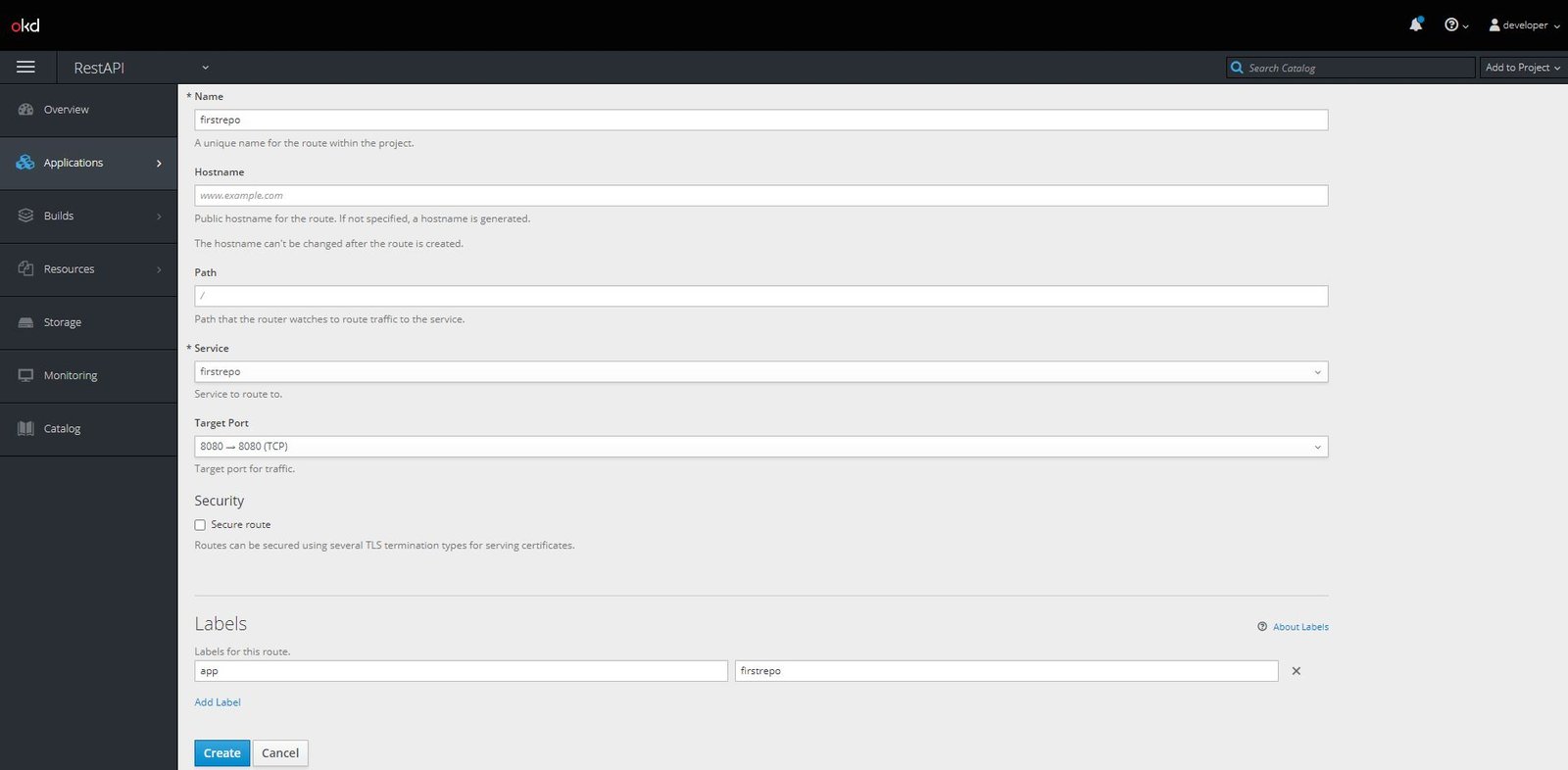
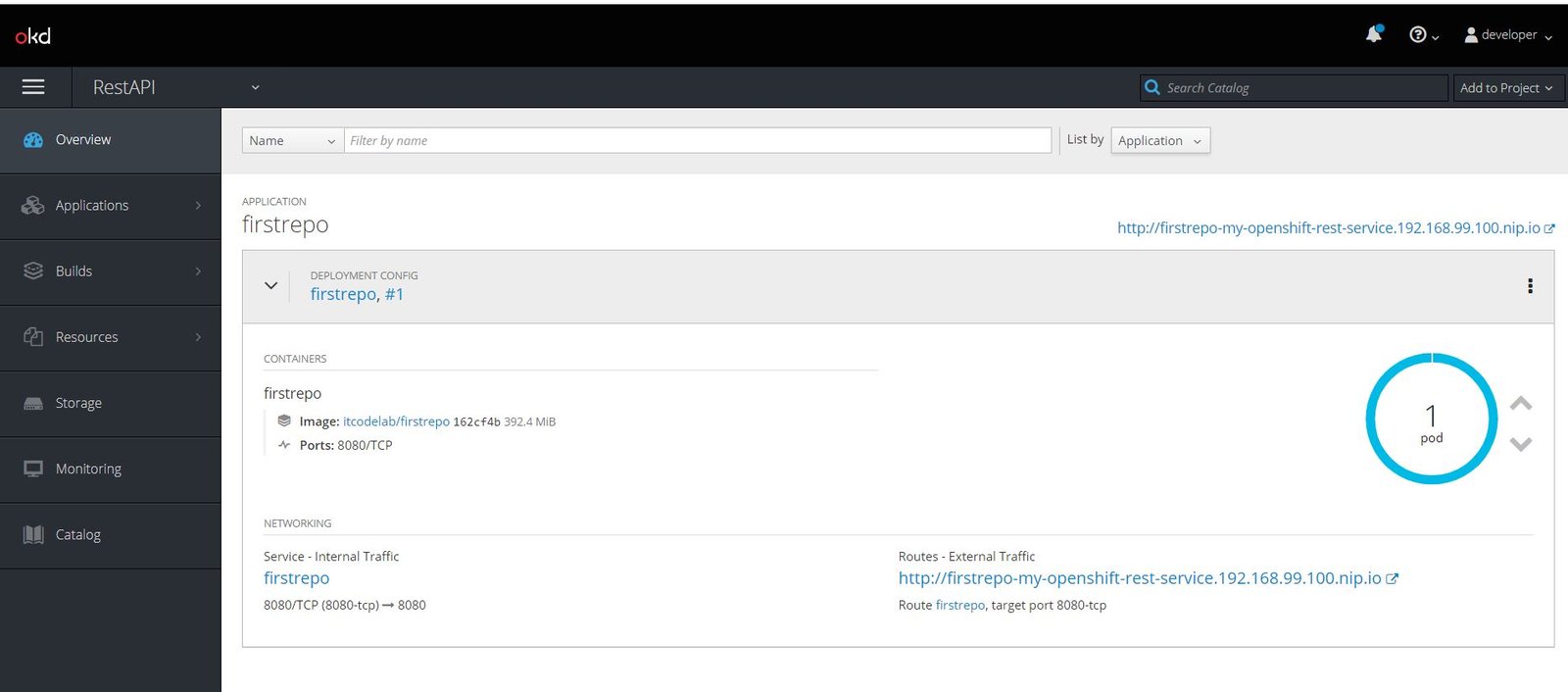
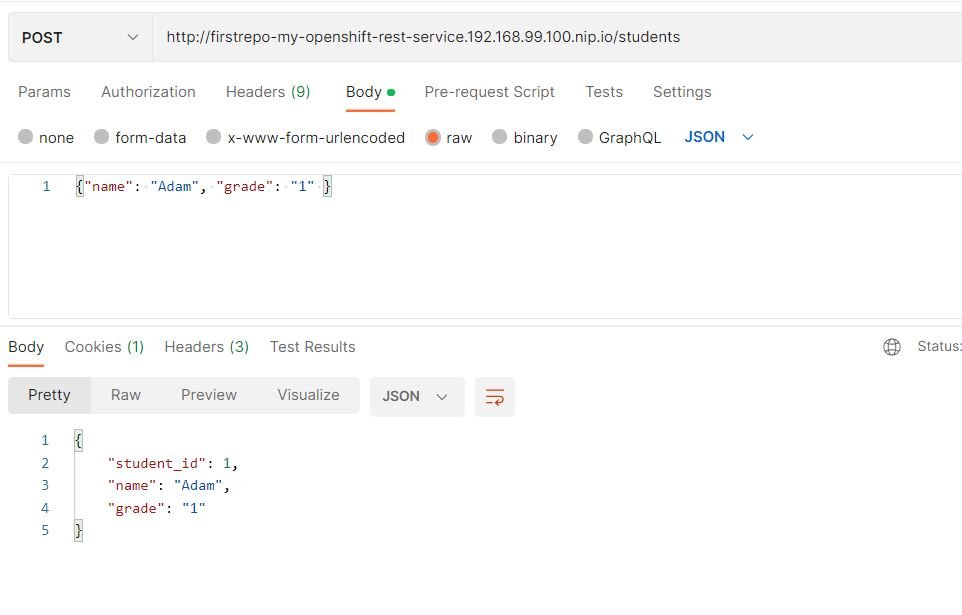
Leave a Comment